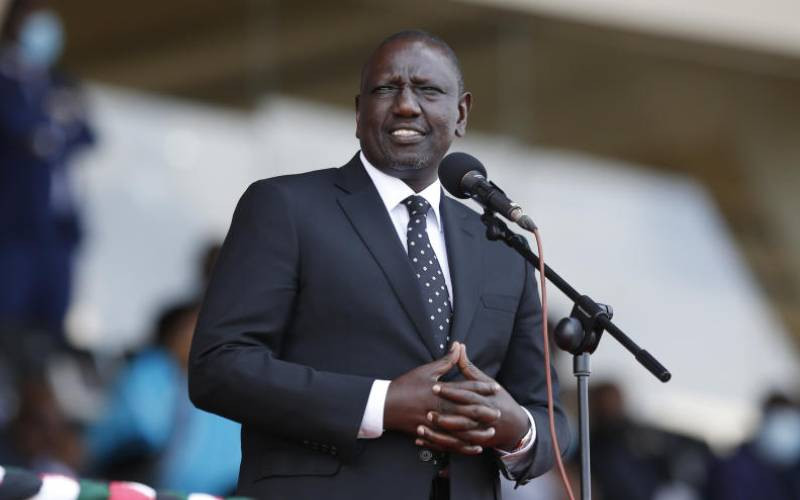
One could say that the search for an appropriate policy solution to Kenya's short-term problems of high cost of living (inflation) and unemployment has become another "hunt for the Heffalump", to borrow the expression famously used by Peter Kilby in his book Entrepreneurship and economic development to describe any whimsical and elusive pursuit of economic answers. Ditto the medium-term problems of current account deficit and high foreign debt.
He writes, tongue-in-cheek, that "the Heffalump is a large and rather important animal hunted by many individuals using various ingenious trapping devices, but no one so far has succeeded in capturing him. All who claim to have caught sight of him report that he is enormous, but they disagree on his particularities".